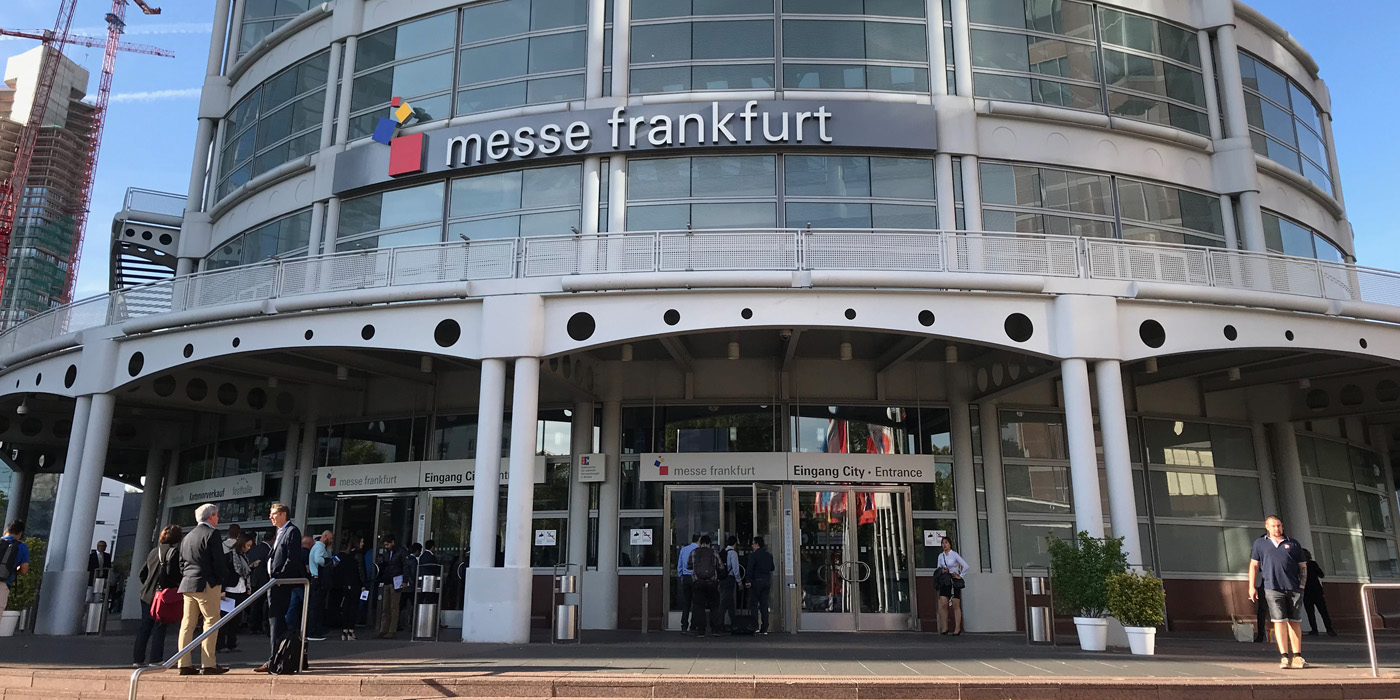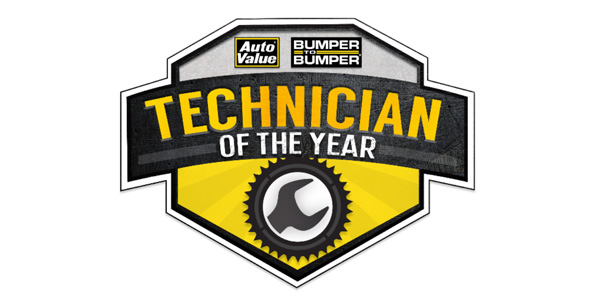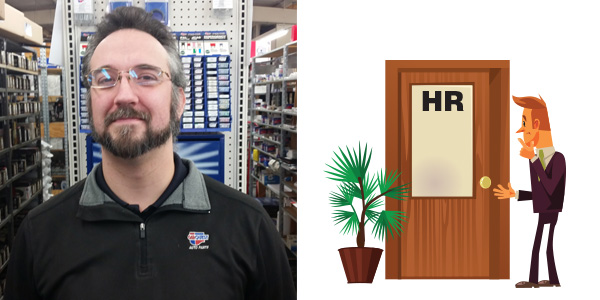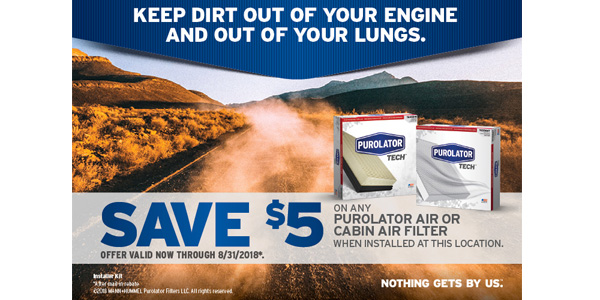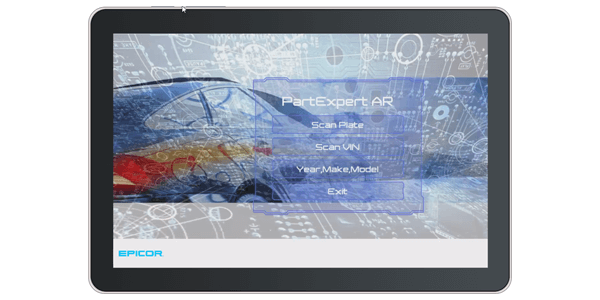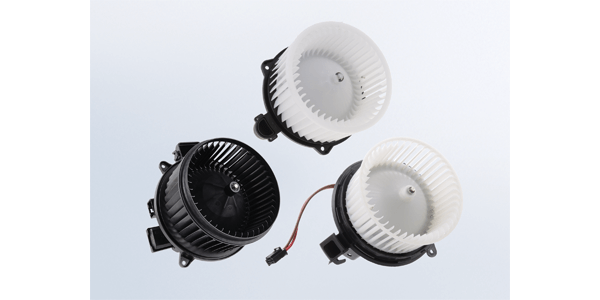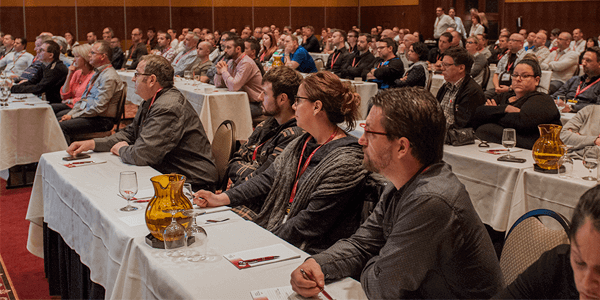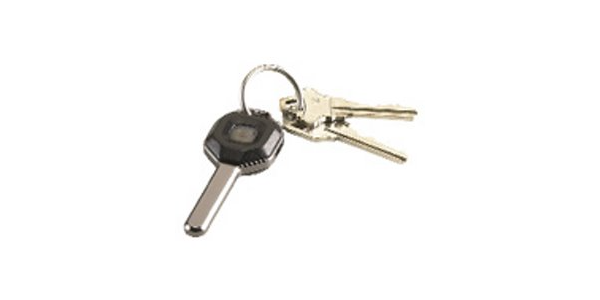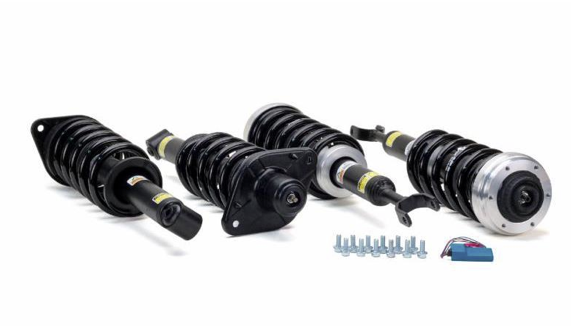 The Automotive Aftermarket Suppliers Association (AASA) recently launched an aftermarket industry education campaign, “Know Your Parts.” The initiative’s goal is to educate all partners in the aftermarket supply chain from supplier to consumer about the importance of using quality, brand-name products — and the hazards to the industry and to public safety posed by low-cost, low-quality parts.
The Automotive Aftermarket Suppliers Association (AASA) recently launched an aftermarket industry education campaign, “Know Your Parts.” The initiative’s goal is to educate all partners in the aftermarket supply chain from supplier to consumer about the importance of using quality, brand-name products — and the hazards to the industry and to public safety posed by low-cost, low-quality parts.
Trend toward lower-quality parts
This ambitious campaign was initiated by the AASA Marketing Executives Council (MEC). Since its formation in 2006, AASA MEC members have studied a growing trend among various aftermarket channel partners offering lower-cost, often lower-quality parts in an attempt to offer more competitive pricing and improve profit margins.
“We organized the AASA Marketing Executives Council three years ago to address common concerns of marketing professionals working for aftermarket suppliers,” noted Steve Handschuh, president and COO of AASA. “The major concern identified very early on was the proliferation of low-cost, poor-quality parts in every level in the aftermarket distribution channel,” he said.
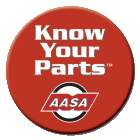 The more research MEC members conducted, the more their concern grew. Unlike generic versions of consumer products, auto parts are not required to list ingredients and may or may not meet what would be considered safe levels of performance. So aftermarket channel partners may be unaware of the risks involved with some low-cost products.
The more research MEC members conducted, the more their concern grew. Unlike generic versions of consumer products, auto parts are not required to list ingredients and may or may not meet what would be considered safe levels of performance. So aftermarket channel partners may be unaware of the risks involved with some low-cost products.
“In a drive to lower costs, many in the aftermarket supply chain fail to realize the greater consequences,” said Brian Tarnacki, director of global brand strategy for Federal-Mogul Corp., Southfield, Mich., one of the founding MEC members and its first chairman. “These low-cost, low-quality auto parts pose safety risks to the technicians who install them, to the consumers driving the vehicles on which they are installed and to everyone traveling the highways and roads of our country.”
And low-quality parts also pose a serious risk to the entire aftermarket’s reputation.
 “As consumers, we all know that one bad customer service experience can turn us against a particular business,” said Brian Altenberger, director of global category and channel marketing, Delphi Product & Service Solutions, Troy, Mich., and the 2008-2009 AASA MEC chairman. “The aftermarket is poised now for a great growth opportunity with the closing of car dealerships and their service departments across the country,” he explained. “But a bad experience at an independent repair shop due to a faulty part will shake a consumer’s confidence in the independent aftermarket as a reliable place for automotive service – and drive them back to the O.E. dealer as the perceived best choice for service.”
“As consumers, we all know that one bad customer service experience can turn us against a particular business,” said Brian Altenberger, director of global category and channel marketing, Delphi Product & Service Solutions, Troy, Mich., and the 2008-2009 AASA MEC chairman. “The aftermarket is poised now for a great growth opportunity with the closing of car dealerships and their service departments across the country,” he explained. “But a bad experience at an independent repair shop due to a faulty part will shake a consumer’s confidence in the independent aftermarket as a reliable place for automotive service – and drive them back to the O.E. dealer as the perceived best choice for service.”
Earlier this year, the AASA MEC held focus groups with more than 60 professional technicians and owners of independent repair shops.
The focus groups represented a cross-section of automotive service — from Los Angeles to Chicago to the growing southeast in Raleigh, N.C.
The results of these focus groups, outlined in the AASA MEC Special Report, “Independent Repair Industry: Focus Group Findings on Buying Influences of Repair Professionals,” were enlightening.
The focus groups revealed that technicians depend on their supplier partners to provide the services they need such as cataloging, sales representation, warranty, and more — but they are largely unaware that the full-service aftermarket supplier is the channel partner providing these services.
“Technicians do not buy directly from manufacturers, so it is understandable that they do not view the essential services offered by manufacturers to distributors as a motivation for loyalty toward a specific brand,” Altenberger noted. “But one point made clear from all the focus groups is that product quality is the Number One priority of technicians. Most repair professionals put quality above price and refuse to put their reputation at risk by installing inferior quality parts.”
The need for education
The AASA MEC members realized that an industrywide educational effort was needed to address the issue of low-quality parts and the threat these parts pose to public safety and the entire aftermarket’s reputation. “Our group was mobilized by the comment heard from professional technicians across the county: ‘When it comes to quality, it comes down who will stand behind their parts,’” Altenberger said.
A task force began the work of developing the “Know Your Parts” campaign in May. The first step was defining the “Full Service Supplier,” the beginning point of the aftermarket supply chain. The Full Service Supplier is defined as the manufacturers that provide the essential services including product specifications, quality control, product liability, research and development, and more.
 “Bottom line – the Full Service Suppliers design the products they sell and then stand behind them regardless of where they are physically manufactured,” said Jack Cameron, AASA vice president and staff executive for the MEC.
“Bottom line – the Full Service Suppliers design the products they sell and then stand behind them regardless of where they are physically manufactured,” said Jack Cameron, AASA vice president and staff executive for the MEC.
Yet, in the drive to cut costs and compete solely on price, many distributors, retailers and parts resellers bypass or supplement North American manufacturers and have begun to directly import products.
Generic, off-shore suppliers primarily reverse engineer the products that full-service suppliers innovate.
But direct importers may not be aware that, once these parts are shipped to the United States, any problems with them are the responsibility of the purchaser. U.S. law stipulates that the importer of record bears the responsibility of the manufacturer in the event of product failure and/or recall.
“Remember the safety concerns associated with the tire recall of a few years ago? Think about what would happen to the public’s perception of aftermarket quality if the same thing occurred with substandard brakes, chassis or other hard parts,” Cameron said.
The implications of these low-quality parts permeate the aftermarket supply chain.
The manufacturer whose customer directly imports popular part numbers could face not only lost sales but the inability to cover the overhead costs associated with additional services such as sales force, cataloging and technical support that support the product line.
For the distributor that directly imports, the implications include quality control, intellectual property protection and product liability. All the legal responsibility rests squarely with the distributor — but these responsibilities would have been covered had the parts been purchased through a name brand manufacturer.
To the technician, low-quality parts mean possibly having to do the job more than once — and the resulting damage to their reputation when a customer has to come back. Most technicians want to do the job right the first time and that is why they value quality above all other buying influences.
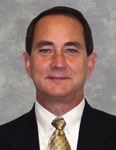 The consumer has always been motivated by safety. By specifying and authorizing only brand name parts, the consumer is assured of safety for themselves and their families. Another hot button these days is value. A product that performs well and lasts an expected period of time, even though it might cost more than lesser options, is considered a value.
The consumer has always been motivated by safety. By specifying and authorizing only brand name parts, the consumer is assured of safety for themselves and their families. Another hot button these days is value. A product that performs well and lasts an expected period of time, even though it might cost more than lesser options, is considered a value.
The AASA “Know Your Parts” campaign has developed key education points to cover these very concerns for every part of the aftermarket supply chain. The independent automotive aftermarket industry must stand united and encourage:
•Full-Service Suppliers to design, engineer and produce quality parts and to promote brand and essential services;
•Channel Partners to promote brand name products from trusted Full Service Suppliers and support suppliers’ programs instead of direct importing;
•Repair Professional to diagnose, repair and replace broken or worn-out components with only premium-quality parts;
•Vehicle Owners to ask about the parts being installed and research the brand before authorizing repairs.
“As our education effort shows, this campaign is not about lost sales for the Full-Service Supplier. It is about sustaining the public’s faith in the entire independent aftermarket,” said Handschuh. “It’s about stemming the tide of low-cost, low-quality parts that threaten not only our industry’s reputation, but public safety as well.”
The responsibility for carrying the “Know Your Parts” campaign forward rests with current AASA MEC Chairman Barry Harris, global manager — product & marketing, aftermarket of The Timken Co., Canton, Ohio.
“With the support of Steve Handschuh, AASA president and COO and Jack Cameron, AASA vice president and MEC staff executives, we will keep the ‘Know Your Parts’ campaign moving through the aftermarket supply chain right down to the consumer,” Harris said.
Getting the word out
“Know Your Parts” campaign materials include buttons, a “talking points” pocket card, an informational flyer and copies of the two AASA MEC Special Reports which explain the situation and issue the industry call to action: “Independent Repair Industry: Focus Group Findings on Buying Influences of Repair Professionals” and “Independent Aftermarket Image: Quality Does Matter.”
 The “Know Your Parts” PSAs also aired during NASCAR events in October on ESPN and the SPEED Channel and will continue during NASCAR programs on these channels in November — a vital part of outreach to technicians, their parts suppliers and the public as well.
The “Know Your Parts” PSAs also aired during NASCAR events in October on ESPN and the SPEED Channel and will continue during NASCAR programs on these channels in November — a vital part of outreach to technicians, their parts suppliers and the public as well. “Technicians, shop owners and the counter personnel are the ‘front line’ in the ‘Know Your Parts’ campaign,” Harris emphasized. “The message for all of these aftermarket professionals is to investigate before installing or offering a low-cost part. If information on the manufacturer can’t be easily found, then the part probably isn’t a good choice to use on a customer’s vehicle,” he added.
“AASA will launch a “micro-site” at its Web site, www.aftermarketsuppliers.org, where all aftermarket channel partners can go for more information,” Harris said. “One of the features will be informational flyers which all aftermarket partners can download for free and use to educate customers,” he said.
“The full-service supplier members of AASA firmly believe that it is not important where a product is made but who stands behind it,” Harris said. “The ultimate goal of ‘Know Your Parts’ is to help everyone in the supply chain to make a better informed decision when choosing auto parts,” he emphasized.
For more information about the “Know Your Parts” campaign, visit www.aftermarketsuppliers.org or e-mail [email protected].


